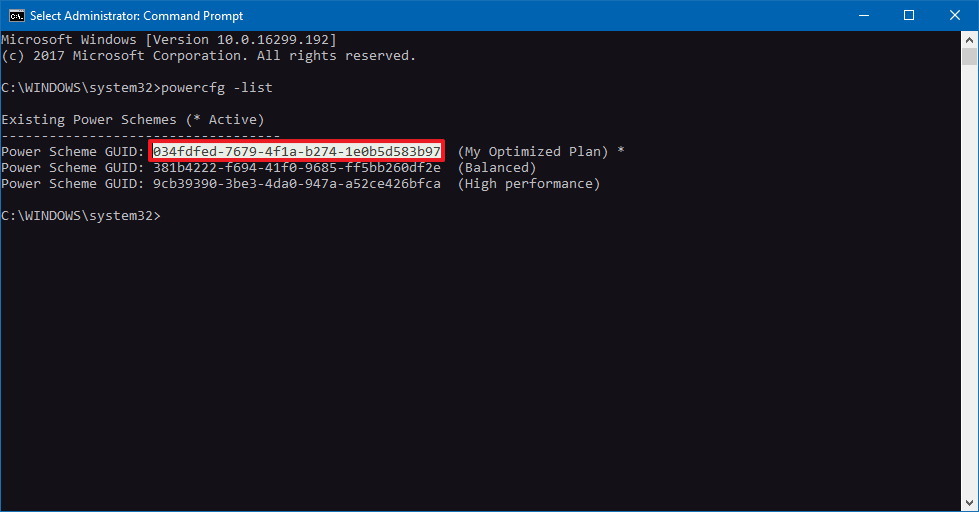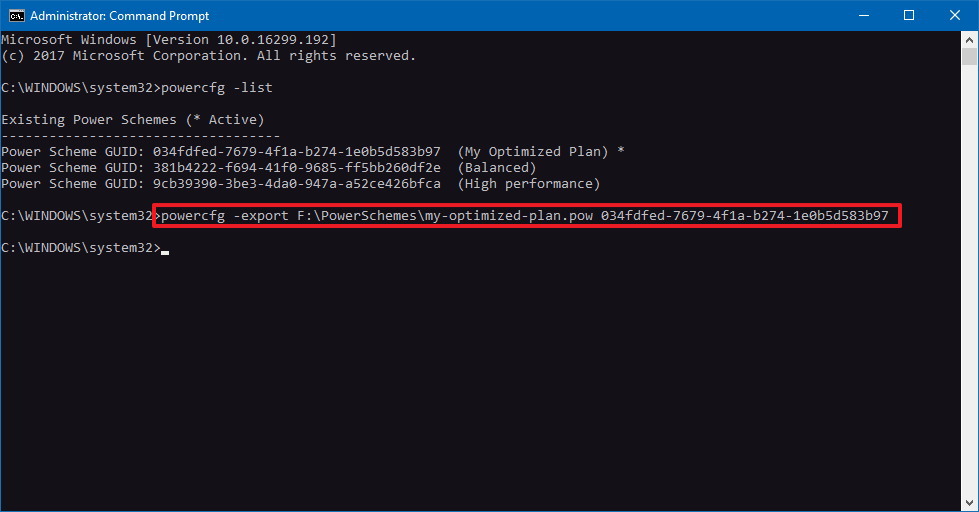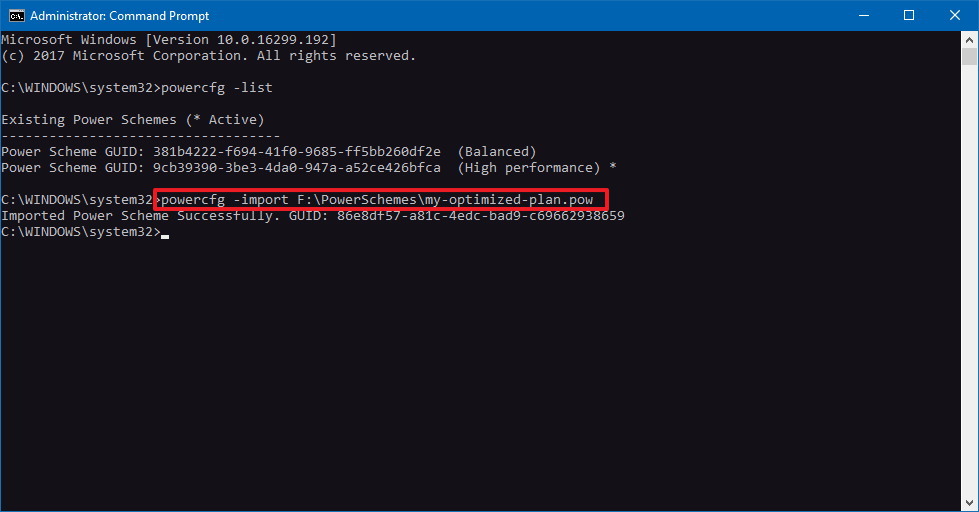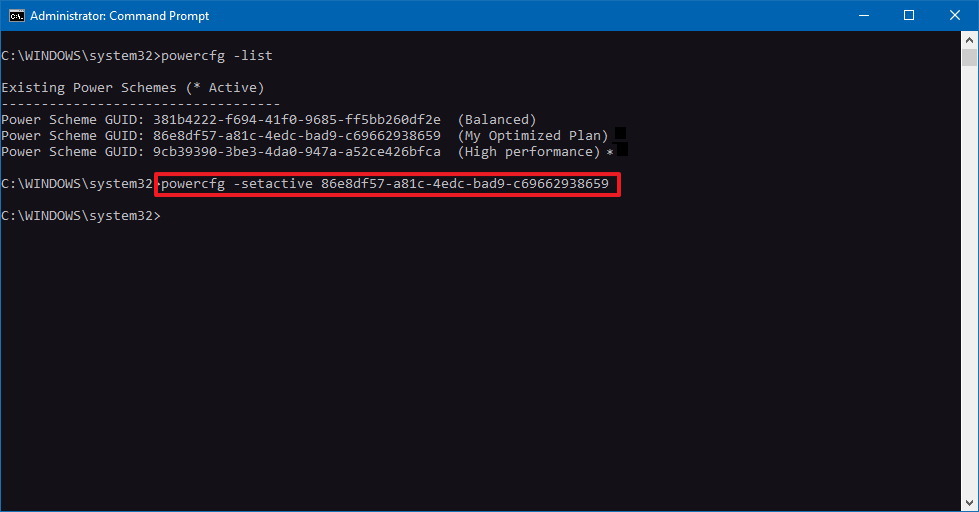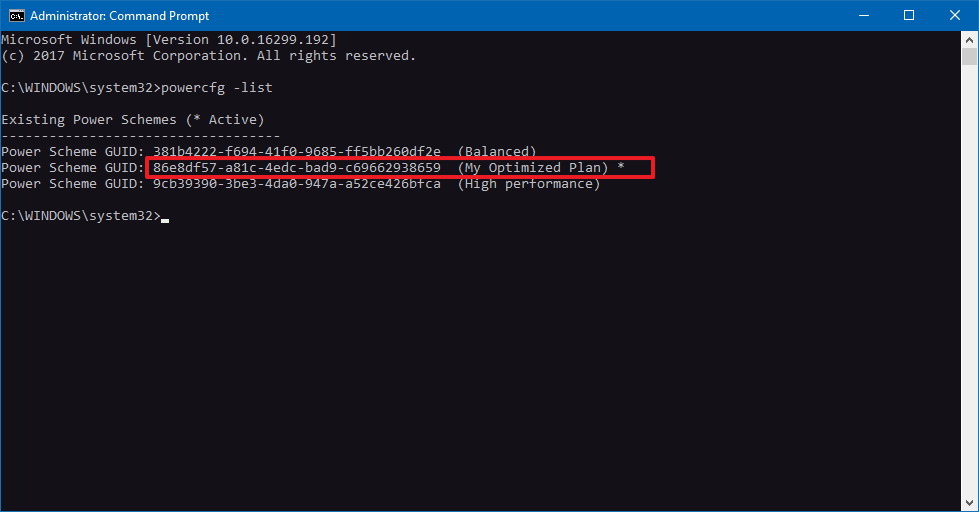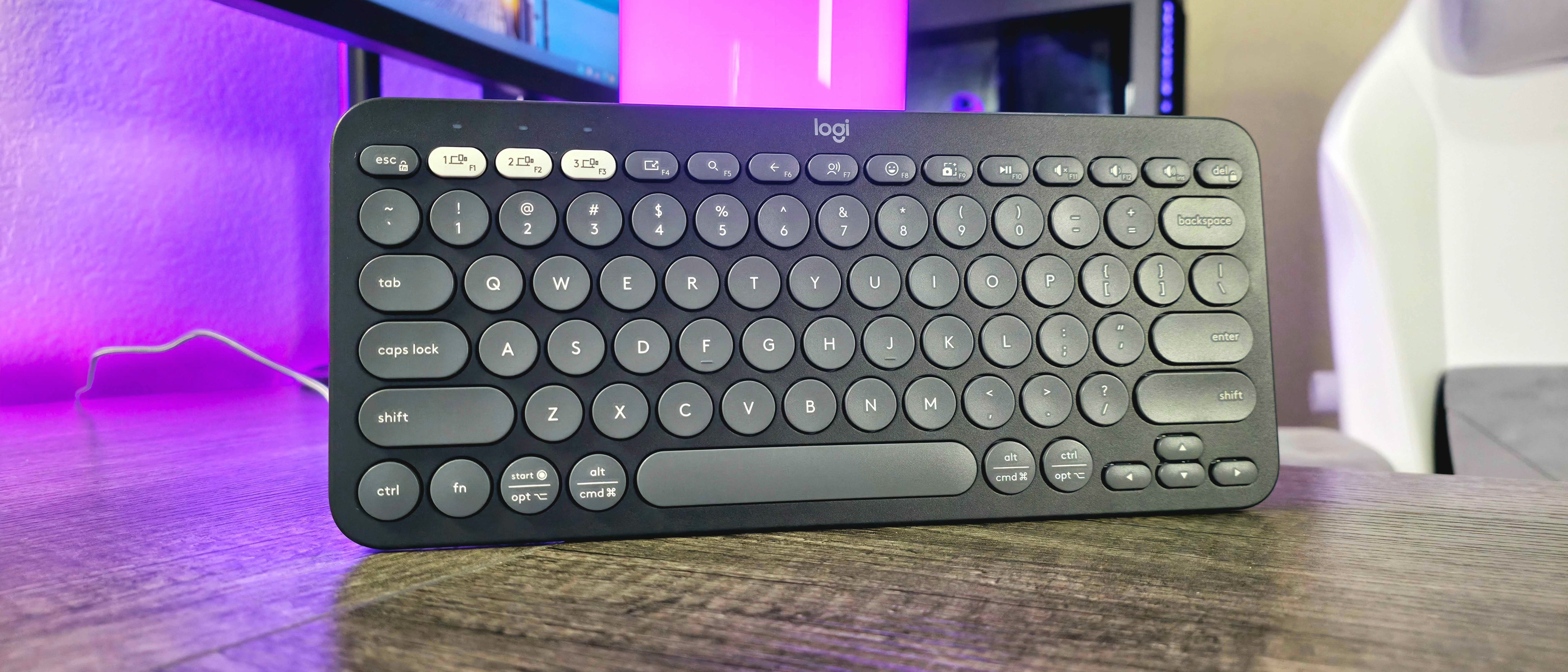How to export and import Windows 10 power plans on multiple PCs
When configuring multiple PCs to use the same custom power plan, the PowerCFG command tool can help deploy your settings quicker.
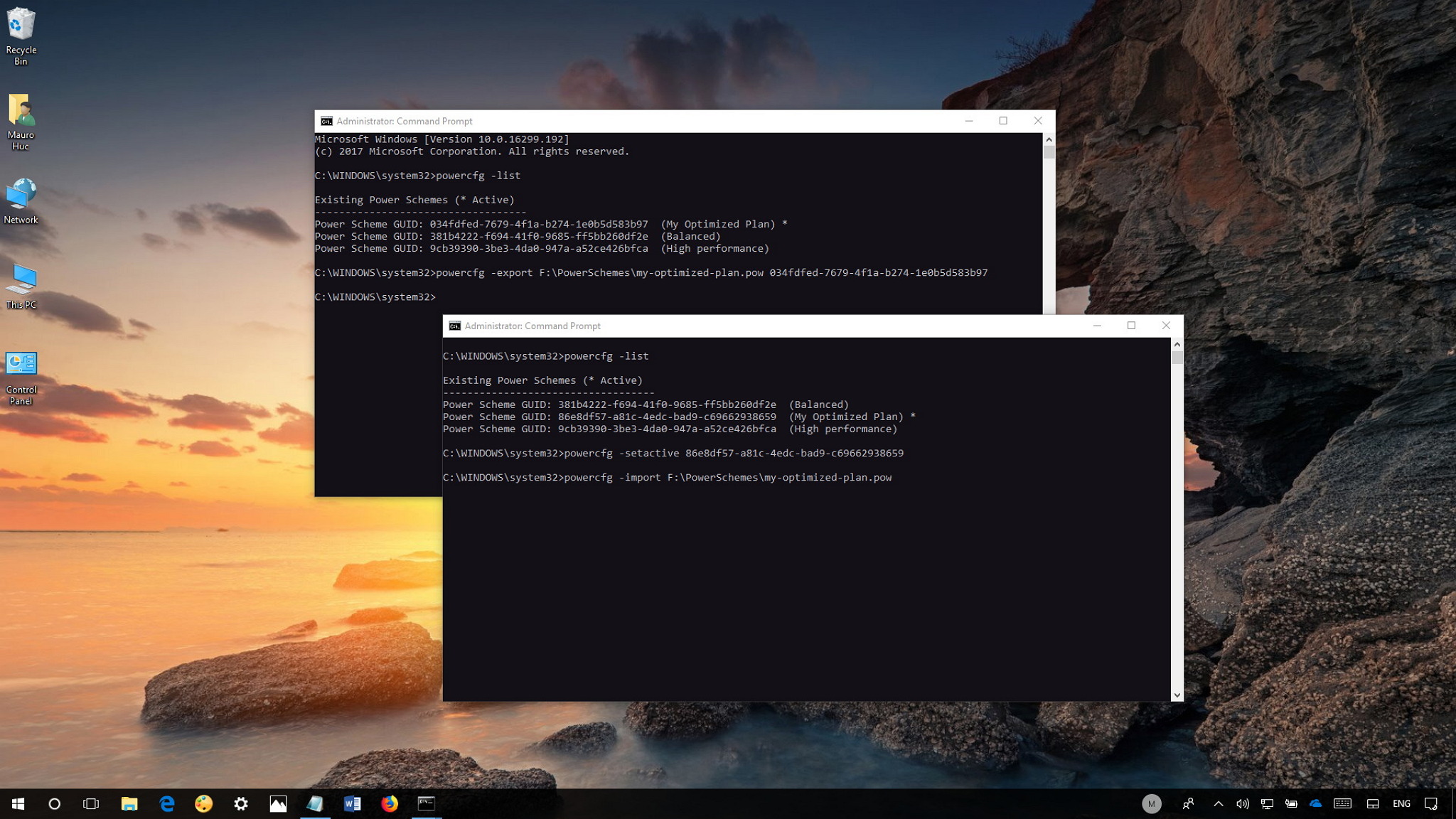
On Windows 10, you can easily create, edit, and delete power plans to optimize the performance and power consumption of your computer. The only caveat is that if you have a lot of devices, these settings won't sync across all of them with your Microsoft account, and manually configuring each computer could end up taking a long time.
Luckily, you can save time (and reduce possible mistakes) using the PowerCFG command tool to export the custom settings into a ".pow" file that you can then quickly deploy to other devices. You can even use this method to keep a backup of your custom power settings that you can roll back after doing a clean install of Windows 10.
In this Windows 10 guide, we walk you through the steps to export and import power plans on different Windows PCs.
How to export a power plan using PowerCFG
Before proceeding, make sure to create a custom power plan with the settings you want to deploy, and then follow these steps to export the configurations using the PowerCFG command tool:
- Open Start.
- Search for Command Prompt.
- Right-click the result and select Run as administrator.
- Type the following command to view a list of the available power schemes and press Enter:
powercfg -list - Using a left-click of the mouse, click and select the Globally Unique Identifier (GUID) name for the power plan you want to export, and right-click the selection to copy it to the clipboard.
- Type the following command to export the power plan you want to deploy to other devices and press Enter:
powercfg -export F:\path\to\folder\power-plan-name.pow guid-plan-nameFor example:powercfg -export F:\PowerSchemes\my-optimized-plan.pow 034fdfed-7679-4f1a-b274-1e0b5d583b97- The above command exports the "My Optimized Plan" settings from the my-optimized-plan.pow file to a folder called "PowerSchemes" located on a USB drive.
Quick Tip: If you're using the same Microsoft account on multiple computers, you can store the exported file in your OneDrive folder and then just import the settings by pointing the command to this location.
How to import a power plan using PowerCFG
After exporting the settings, you'll end up with ".pow" file extension that you can import and set as the new default power plan on other devices.
To import a power plan, connect the USB drive with the ".pow" file on another device, and use these steps to import the plan:
All the latest news, reviews, and guides for Windows and Xbox diehards.
- Open Start.
- Search for Command Prompt.
- Right-click the result and select Run as administrator.
- Type the following command to view a list of the available power schemes and press Enter:
powercfg -list - Ensure that the name of the power plan you're trying to import doesn't already exist to avoid confusion.
- Type the following command to import the power plan you want to deploy to other devices and press Enter:
powercfg -import F:\path\to\folder\power-plan-name.powFor example:powercfg -import F:\PowerSchemes\my-optimized-plan.pow
- Type the following command to list the power schemes to figure out the GUID for the new plan and press Enter:
powercfg -list - Type the following command to activate the new power plan and press Enter:
powercfg -setactive guid-nameFor example:powercfg -setactive 86e8df57-a81c-4edc-bad9-c69662938659
- Type the following command to verify the new power plan and press Enter:
powercfg -list- If you imported the new settings correctly, the new power plan should appear in the list with an asterisk mark indicating that it's active.
Alternatively, you can also confirm that the changes have been applied on Control Panel > Hardware and Sound > Power Options, where the new plan should be listed under "Choose or customize a power plan."
Once you complete these steps, the device will use the new custom settings to optimize power usage, and then the only thing left to do is repeat the steps on the remaining devices.
Wrapping things up
This method lets you deploy the same power settings to multiple devices in many scenarios, and you can keep a backup of your custom plan, but it's only meant for small environments. If you manage a large network, there are other ways to automate the deployment process of these settings.
This guide is focused on Windows 10, but the ability to export and import power plans has been around for a long time, and you can refer to these instructions even if you're running Windows 8.1 or Windows 7.
More Windows 10 resources
For more helpful articles, coverage, and answers to common questions about Windows 10, visit the following resources:
- Windows 10 on Windows Central – All you need to know
- Windows 10 help, tips, and tricks
- Windows 10 forums on Windows Central

Mauro Huculak has been a Windows How-To Expert contributor for WindowsCentral.com for nearly a decade and has over 22 years of combined experience in IT and technical writing. He holds various professional certifications from Microsoft, Cisco, VMware, and CompTIA and has been recognized as a Microsoft MVP for many years.
